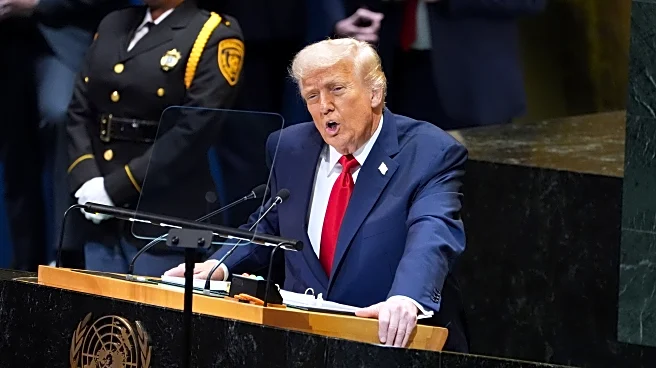What's Happening?
Oil prices increased by over 1% following a report indicating a decline in U.S. crude inventories last week. This development has contributed to a perception of tightening supplies, exacerbated by export issues in Kurdistan and Venezuela, as well as disruptions to Russian supplies. Brent futures rose by 97 cents to $68.60 a barrel, while U.S. West Texas Intermediate crude futures increased by 99 cents to $64.40. The market is also reacting to Ukraine's military actions against Russian oil infrastructure, which have led to a state of emergency in Novorossiisk, a major Russian seaport. Additionally, the stalled resumption of Kurdish oil exports and Chevron's reduced exports from Venezuela due to U.S. permit issues have added to the bullish sentiment in the market.
Why It's Important?
The rise in oil prices has significant implications for global energy markets, particularly as the world braces for elevated supply and slowing demand. The International Energy Agency has projected a rapid increase in world oil supply this year, potentially leading to a surplus by 2026. The geopolitical tensions involving Ukraine and Russia, along with U.S. policy decisions, are influencing market dynamics and could impact energy prices and availability. The situation underscores the vulnerability of global oil supply chains to political and military disruptions, which can lead to price volatility and affect economic stability.
What's Next?
The market is closely monitoring potential sanctions on Russia and the resumption of Kurdish oil exports, which could further influence oil prices. The U.S. government is expected to release official energy data soon, which may provide additional insights into inventory levels and market trends. Stakeholders, including oil producers and consumers, will need to navigate these uncertainties and adjust their strategies accordingly.












